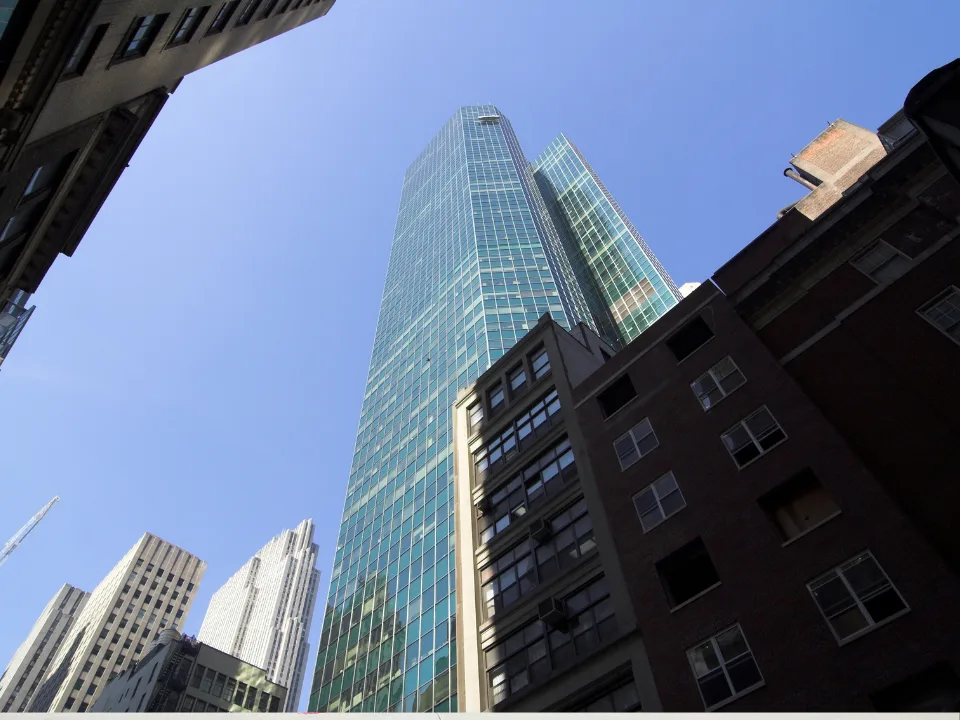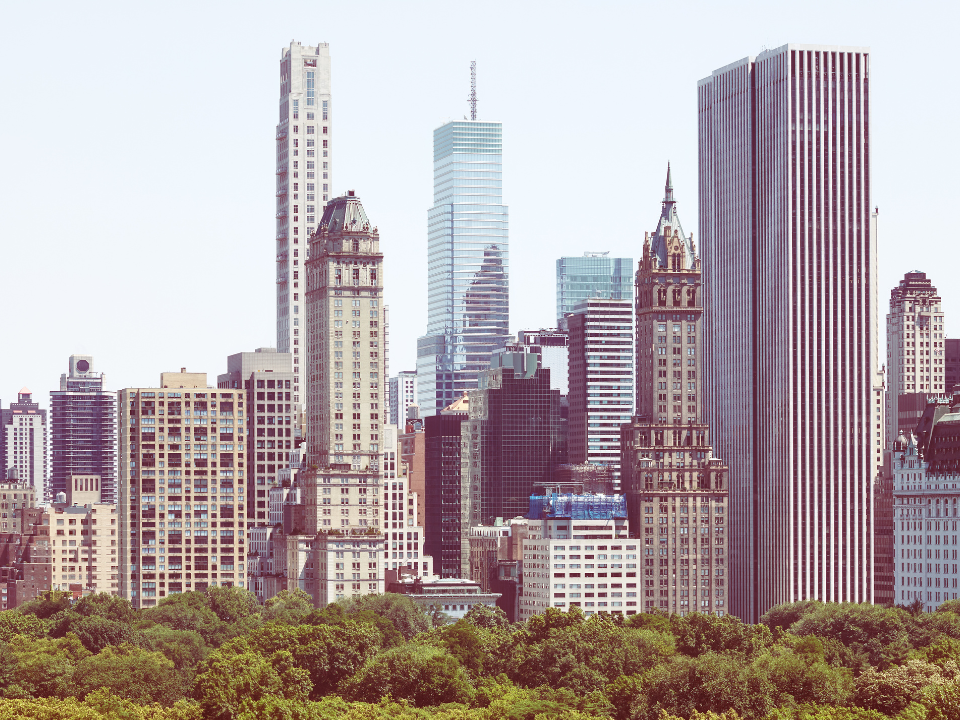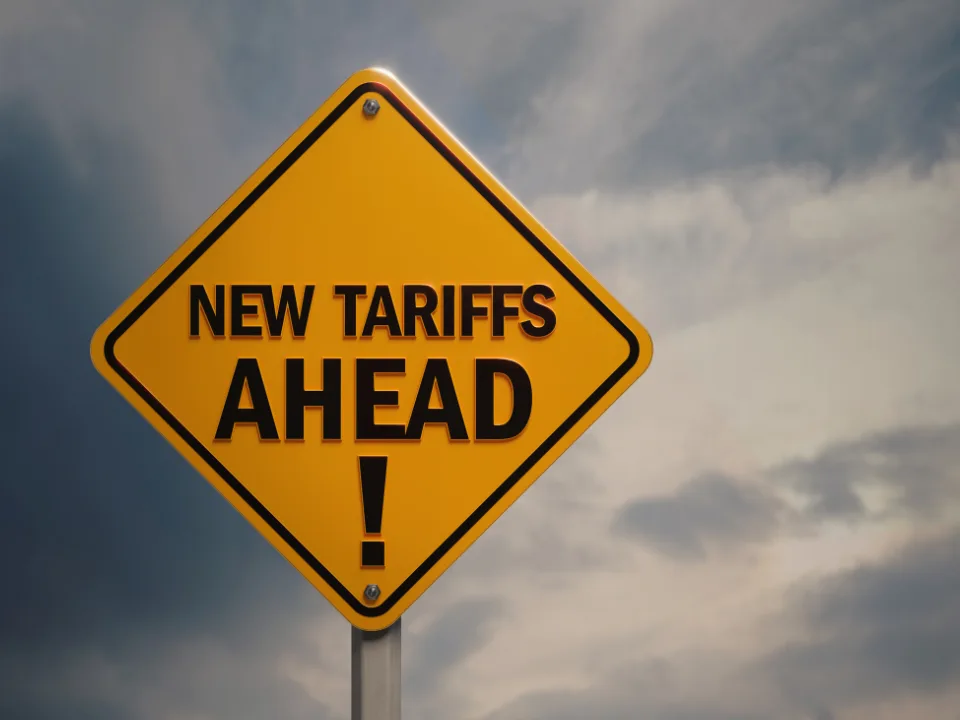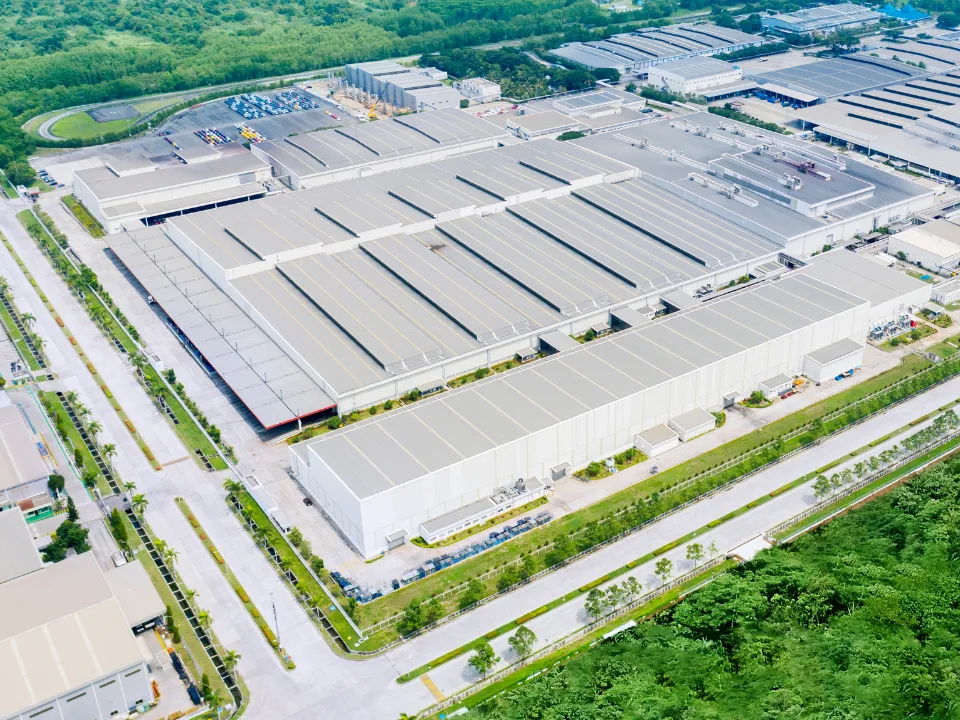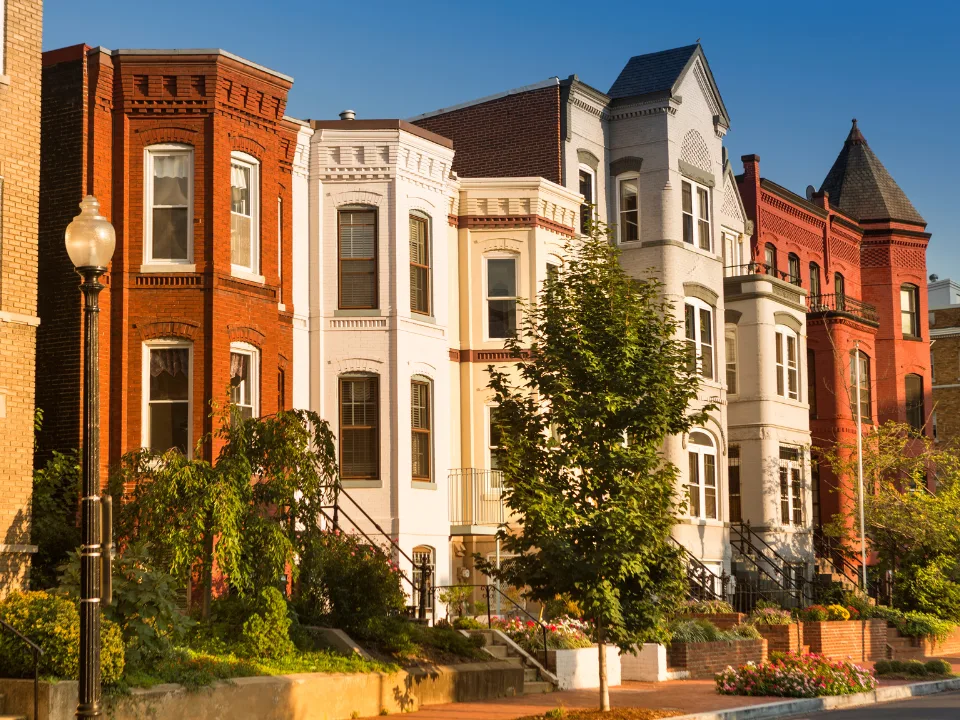- Nearly 55 MSF of Manhattan office leases expire in 2027, prompting concerns about potential vacancies in older buildings.
- Tenants continue to seek high-quality, amenity-rich Class A spaces, leaving outdated buildings in Midtown and other areas at risk.
- While vacancy rates remain high, recent leasing trends show demand for high-quality space, driven by firms committing to more in-office work schedules.
According to Commercial Observer, Manhattan’s office market is bracing for a major shift, with almost 55 MSF of leases set to expire by 2027.
By The Numbers
JLL reports that Midtown, at 31.8 MSF, will account for the majority of this space, followed by Midtown South and Lower Manhattan.
While lease expirations are routine in New York’s office market, the persistence of remote and hybrid work raises questions about future demand, with more companies considering smaller or more flexible footprints.
Diverging Fortunes
The expiring leases are expected to impact Class B and C office spaces the most, as tenants continue to flock to modern Class A properties.
These prime spaces—such as Hudson Yards, One Vanderbilt, and the Park Avenue corridor near Bryant Park—boast lower vacancy rates and are often equipped with desirable amenities, including coworking areas, enhanced tech infrastructure, and flexible conference facilities.
More is Better
Some building owners are investing in high-end amenities to lure tenants back to physical offices. Recent trends show a shift toward collaborative layouts and experiential office spaces.
This emphasis on quality is evidenced by recent activity. In October alone, 3.9 MSF of Manhattan office space was leased, far above the monthly average of the past decade.
Long-Term Uncertainties
Despite current vacancy challenges, industry leaders, including KPMG and Amazon, are pushing for a full return to in-office work. In fact, KPMG’s “2024 CEO Outlook” found that 83% of CEOs expect a full return by 2027.
However, while Class A spaces remain in high demand, CBRE and other analysts caution that lower-tier buildings may struggle to find new tenants.
Get Smarter about what matters in CRE
Stay ahead of trends in commercial real estate with CRE Daily – the free newsletter delivering everything you need to start your day in just 5-minutes
Conversion Considerations
To address vacancy issues, some landlords are considering residential conversions, with over 6 MSF of Manhattan office space already repurposed since 2016.
However, conversions remain complex and costly, limiting their feasibility for many properties. According to Wharton Property Advisors, only 15–20% of buildings are positioned for stable tenancy, leaving much of Manhattan’s aging office stock in need of innovative solutions.
Looking Ahead
As demand for top-tier office spaces persists, Manhattan’s office market could see a gradual shift as landlords reposition assets and adapt to evolving tenant needs.
With millions of square feet in lease expirations on the horizon, the market’s resilience will likely depend on strategic investments in building quality, flexible leasing models, and potential alternative uses for underutilized properties.
